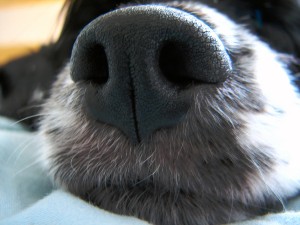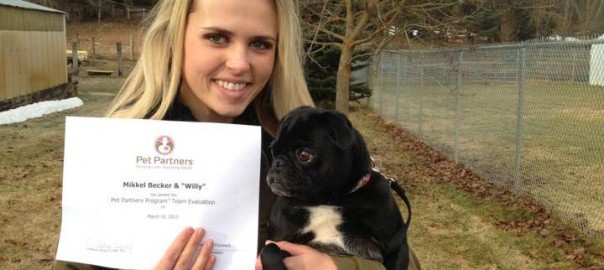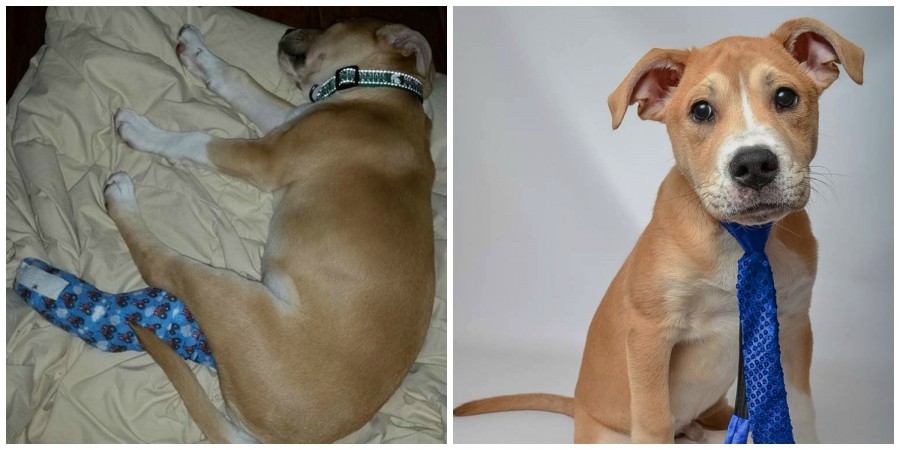Does winter weather pose risks to indoor pets as well as outdoor? You bet!
I bet I’ve been interviewed for or written 50+ articles on cold weather hazards for outdoor pets. I’m not downplaying the risks of frostbite, frozen water, irritated paws from salt or ice melter, or cats who lounge on a warm car engine only to be injured when it starts. But what about the risks to indoor pets?
There are health risks for mostly indoor or indoor only pets as well but most are simple to prevent or address. Here are my top three:
1. Dry skin. As you can tell from your own dry hands and chapped lips, winter is a time of furnaces on high and humidity levels low inside the house.
When pets gets dry skin, they itch; when they itch, threy scratch; when they scratch, they break the skin barrier; and when they break the skin barrier, bacterial and fungal infections often rage, causing even more licking/chewing/scratching.
To prevent these problems, you can add a HVAC humidifier (we use one inside our log house in the winter) or portable one, bathe with products that keep moisture in the pet’s skin (my favorite is Virbac’s Epi-SOOTHE shampoo), and give the pet fatty acid supplements. (While you can give the same fish oils you take to pets at a dose of 1000mg/50 lbs, a step up is to use a veterinary product such as Allerderm EFA-Caps by Virbac).
At Almost Heaven Ranch, we use humidifiers, baths with special hydrating shampoos weekly, and fatty acid supplements daily.
2. Weight gain. As I write this article at my home in northern Idaho, there is six inches of snow on top of ice, and the high temps today will be in the low 20s. In this weather, the dogs aren’t going to get exercised like they do in the 8 months of the year where we don’t have snow on the ground.
To compensate, we cut the dog and cat’s food back by about 10 percent compared to the summer. Ask your vet if you should do the same.
3. Boredom. Pets are blessed with bodies created for motion. Caninestein and Felinestein’s law says, “A pet’s body at rest + a pet’s mind at rest x boredom = weight gain and behavioral issues.”
I just made that up, but what is real is pets who become bored in the winter because they’re under-exercised, lack stimulation, or feel cabin fever often act out in a variety of ways ranging from separation anxiety and increased noise phobias to increased inter-cat aggression and self-mutilation.
There are many things you can do to blunt the threat, including increased indoor play time, indoor dog treadmills or exercise wheels, taking dogs to daycare where they can play, using food puzzles to feed, even turning on DogTV (of which I’m a cohost).
Which isn’t to say there’s anything wrong with snuggling by the fire; just don’t let it be your pet’s whole winter’s tale!
 s no secret that dogs have a great sense of smell, but do you know all the strange ways humans use a dog’s nose?
s no secret that dogs have a great sense of smell, but do you know all the strange ways humans use a dog’s nose?

